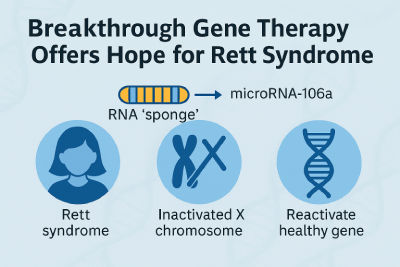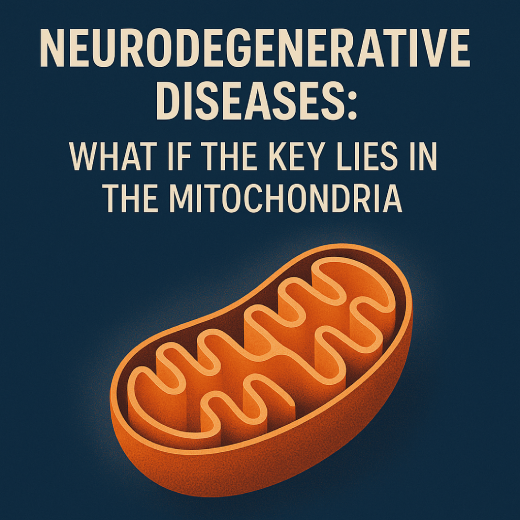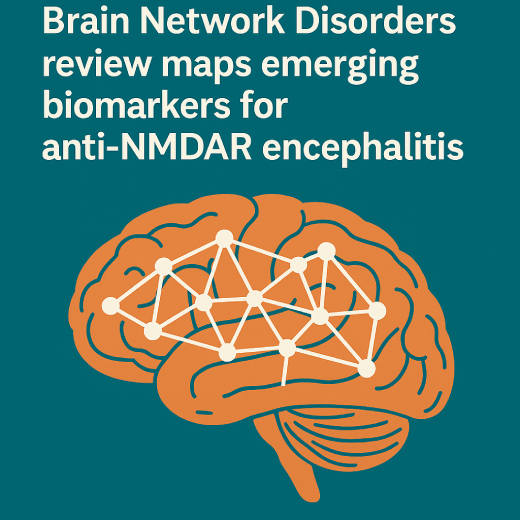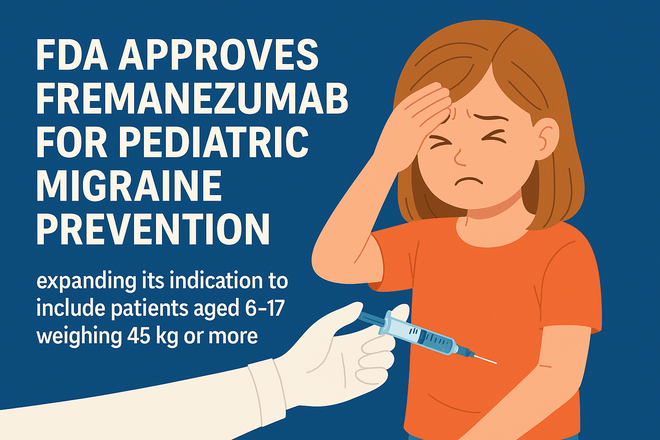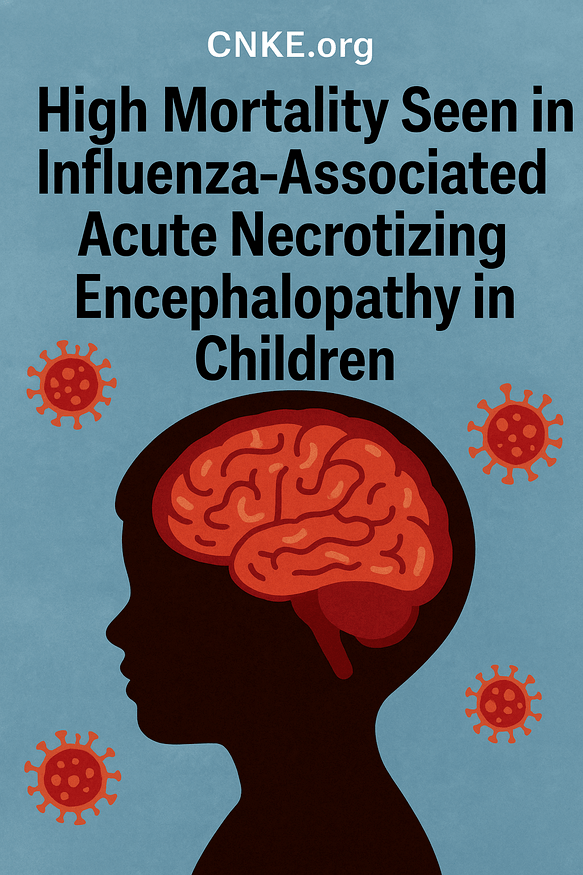By CNKE News Desk | Published in Nature Communications
In a promising development for children affected by Rett syndrome, researchers led by Dr. Sanchita Bhatnagar at UC Davis Health have created a novel gene therapy that reactivates silenced healthy genes. This therapeutic approach could potentially treat Rett syndrome and other X-linked conditions like fragile X syndrome.
Understanding Rett Syndrome
Rett syndrome is a rare neurodevelopmental disorder that primarily affects girls. It is caused by mutations in the MECP2 gene located on the X chromosome. This gene encodes the MeCP2 protein, which plays a vital role in brain function.
In individuals with Rett syndrome, either too little MeCP2 is produced, or the protein is non-functional. The result is a range of serious symptoms including loss of speech, impaired hand use, seizures, and breathing abnormalities.
Reactivating Silenced Genes
Girls have two X chromosomes, but in each cell, one is randomly inactivated—a process called X chromosome inactivation (XCI). In Rett syndrome, the inactivated chromosome often carries the healthy MECP2 gene.
“Our study looked at reactivating the silenced X chromosome carrying the healthy gene. It showed that reactivating the gene is possible and can reverse the symptoms,” said Dr. Bhatnagar, senior author of the study and associate professor in the Department of Medical Microbiology and Immunology at UC Davis.
Using RNA 'Sponges' to Reverse Gene Silencing
The team conducted a genome-wide screen to identify small RNA molecules—known as microRNAs—involved in XCI. They identified miR-106a as a key player in silencing the MECP2 gene.
To block this silencing effect, the researchers used a gene therapy vector developed by Professor Kathrin Meyer at Nationwide Children’s Hospital. The vector delivered a synthetic DNA-based molecule designed to act as a “sponge” for miR-106a. This sponge reduced the microRNA’s availability, reactivating the healthy MECP2 gene.
Promising Results in Mouse Models
Testing in a female mouse model of Rett syndrome revealed remarkable outcomes. Treated mice exhibited improved mobility, cognitive function, and breathing regularity. They also lived significantly longer compared to untreated mice.
“The diseased cell holds its own cure. With our technology, we are just making it aware of its ability to replace the faulty gene with a functional gene,” Dr. Bhatnagar explained. “Even a small amount of this gene activation has therapeutic benefit.”
Hope for the Future
While Rett syndrome currently has no cure, this research offers real hope. The ability to reverse even some symptoms could dramatically improve quality of life—helping children walk, speak, and reduce life-threatening seizures and apnea.
“Our gene therapy-based approach targeting X chromosome silencing showed significant improvement of several symptoms of Rett syndrome,” Dr. Bhatnagar said. “It would be life-changing if we can help these children regain some basic abilities.”
Before moving into clinical trials, the team plans to conduct further safety and dosage studies.
Publication and Funding
The full study was published in Nature Communications under the title:
“Targeting microRNA-dependent control of X chromosome inactivation improves the Rett Syndrome phenotype.”
DOI: 10.1038/s41467-025-61092-7
The research was supported by Alcyone Therapeutics Inc. and The Hartwell Foundation.

